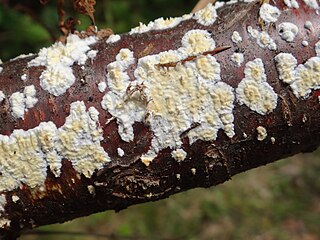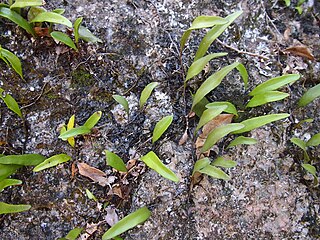
The Irish Museum of Modern Art, also known as IMMA, is Ireland's leading national institution for the collection and presentation of modern and contemporary art. It is located in Kilmainham, Dublin.

Imma is a large genus of moths in the obtectomeran "micromoth" family Immidae. This is the type genus of its family. They are widespread in the tropics, with most species occurring between the Himalayas and the Oceanian region; the genus is furthermore plentiful in the Neotropics, but not very diverse in the Afrotropics.

The Ministry of Foreign Affairs is the Andorran government ministry which oversees the foreign relations of Andorra.

"Imma Be" is a song by the American group the Black Eyed Peas from their fifth studio album The E.N.D. (2009). The song's title is a slang expression, meaning "I am going to be" or "I will be". Initially released as a promotional single, the song went on to receive a full release as the fourth single from The E.N.D. on January 12, 2010, by Interscope Records.

Radulomyces is a genus of crust fungi in the family Radulomycetaceae. The genus has a widespread distribution and contains 11 species. It was circumscribed by Danish botanist Mads Peter Christiansen in 1960, with Radulomyces confluens as the type species. This genus was formally considered to be part of the Pterulaceae family.

Albatrellus confluens is a species of fungus in the family Albatrellaceae. It is commonly referred to as fused polypore. It is similar to ovinus, but bitter and with age tend to salmon color.

Pyrrosia confluens known as the horseshoe felt fern or robber fern is a common fern of eastern Australia. Occurring as an epiphyte or lithophyte in areas of part shade and high moisture. Often seen on rocks or creeping up on rainforest trees, quite high above the ground. Found north of the Wyong district. In 1810, the species originally appeared in scientific literature as Polypodium confluens in the Prodromus Florae Novae Hollandiae, authored by the prolific Scottish botanist, Robert Brown.

Acción Galega is a Galician political organization led by former the former member of the PP Rafael Cuíña, former Galician autonomic Minister Teresa Táboas and the former senator of the Galician Nationalist Bloc (BNG) Xosé Manuel Perez Bouza. The party was founded in 2012 through the union of several parties of centrist and moderate Galician nationalist ideology: the Partido Galeguista Demócrata, the Galician Nationalist Party-Galicianist Party, Terra Galega and Galician Coalition.
Imma spanista is a moth of the family Immidae. It was described by Edward Meyrick in 1930. It is found on New Guinea and Papua New Guinea.
Imma bifulminata is a moth of the family Immidae. It is found on Sulawesi.
Imma xanthomela is a moth of the family Immidae. It is found on Sulawesi.
Imma cosmoplaca is a moth of the family Immidae. It is found on Java.
Imma niphopelta is a moth of the family Immidae. It is found in New Guinea.
Imma acrognampta is a moth of the family Immidae. It was described by Edward Meyrick in 1930. It is endemic to New Guinea.

Phellodon confluens, commonly known as the fused cork hydnum, is a species of tooth fungus in the family Bankeraceae. It was originally described in 1825 as Hydnum confluens by Christiaan Hendrik Persoon. Czech mycologist Zdenek Pouzar transferred it to the genus Phellodon in 1956. The fungus is found in Asia, Europe, and North America. It is considered vulnerable in Switzerland.
Imma semiclara is a moth in the family Immidae. It was described by Edward Meyrick in 1929. It is found on the Marquesas Islands in French Polynesia.
Imma penthinoides is a moth in the family Immidae. It was described by Pagenstecher in 1884. It is found on the Moluccas.
Imma euglypta is a moth in the family Immidae. It was described by Edward Meyrick in 1931. It is found in Colombia.
Imma leniflua is a moth in the family Immidae. It was described by Edward Meyrick in 1931. It is found in Colombia.
Typocerus confluens, the longhorn beetle, is a species of flower longhorn in the family Cerambycidae. It is found in North America.







